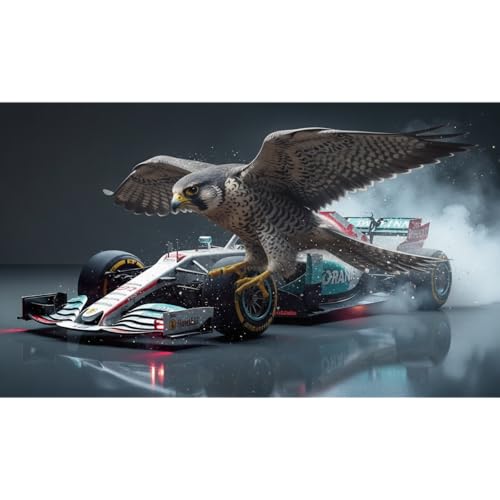
Biomimetics in Motorsport: Nature's Racing Secrets
カートのアイテムが多すぎます
カートに追加できませんでした。
ウィッシュリストに追加できませんでした。
ほしい物リストの削除に失敗しました。
ポッドキャストのフォローに失敗しました
ポッドキャストのフォロー解除に失敗しました
-
ナレーター:
-
著者:
このコンテンツについて
Aerodynamics and Fluid Dynamics: Mimicking Nature's Masters
Nature's most efficient flyers and swimmers offer revolutionary insights into minimizing drag and maximizing performance.
Shark-Inspired Surface Technology (Dermal Denticles): Shark scales feature "microscopic ridges that control water flow" and can "reduce drag by up to 8%." This has inspired "micro-grooved wing surfaces" in applications like Mercedes innovations, leading to "reduced turbulence and improved downforce efficiency in high-speed conditions."
Humpback Whale Revolution (Tubercle Technology): The "unique bumps called tubercles on their pectoral fins" allow humpback whales to maintain grip at extreme angles. This "biomimetic breakthrough has led to the development of more efficient aerodynamic surfaces that perform better in challenging conditions."
Peregrine Falcon: Master of Speed & Active Aerodynamics: The peregrine falcon, reaching "390 km/h in diving flight," continuously "adjust[s] its body shape during flight for optimal aerodynamic efficiency." This "directly influenced the development of active aerodynamic systems in Formula 1," such as "modern DRS (Drag Reduction System) technology and adaptive wing designs."
Butterfly Wing Aerodynamics: "Microscopic scales that manipulate airflow" on butterfly wings could "revolutionize automotive aerodynamics," potentially leading to "adaptive wing surfaces that change their microscopic structure based on speed and track conditions."
Kingfisher Dive Mechanics: The kingfisher's ability to dive with "minimal splash" and its "beak and body shape optimized for cutting through both air and water efficiently" inspire "vehicle designs that perform optimally in different aerodynamic conditions."



